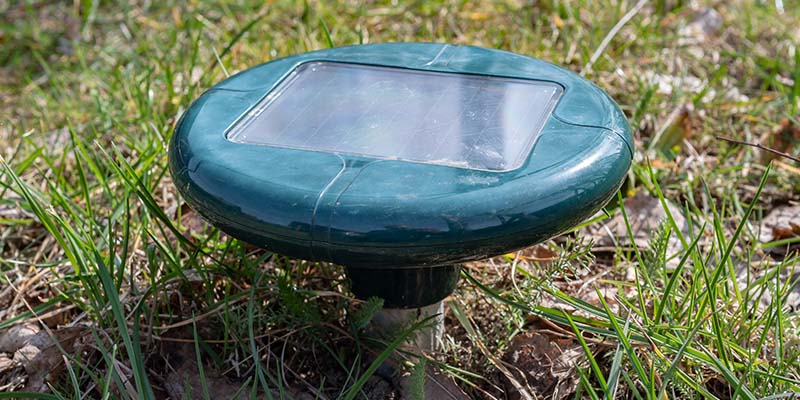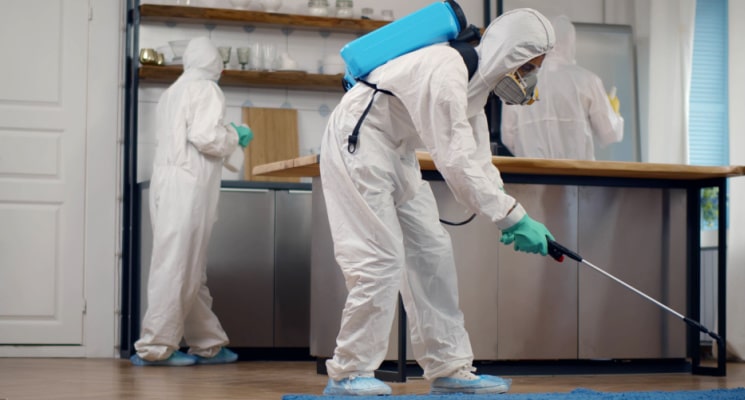
For many of us living in Philadelphia pest control is a constant battle, especially in an old city with tightly packed rowhomes, and very different seasons that almost seem to invite pests like mice or cockroaches. The demand for a simple and chemical-free remedy has led to a surge in the popularity of ultrasonic pest repellents. These machines purport to keep the pests away by emitting sound waves at high frequencies, which are too high for humans to hear but unbearable to insects and rodents explains prestopestcontrol.com.
But do they actually work? In this article, we’ll take a closer look at the science behind ultrasonic pest repellents, their effectiveness in the field, including here in Philadelphia, and whether or not they’re worth adding to your arsenal of pest-control strategies.
What Are Ultrasonic Pest Repellents?
There are small plug-in devices available in the market known as ultrasonic pest repellents that emit high frequency sound waves ranging above 20 kHz. The idea is that these sounds irritate the nervous systems of pests, causing them to flee the area. They are frequently advertised that these devices are effective against various pests such as:
- Rodents (mice and rats)
- Cockroaches
- Ants
- Spiders
- Mosquitoes
- Fleas
The Technology of Ultrasonic Pest Products
Scientific studies on the efficacy of ultrasonic pest repellents are spotty — and not particularly flattering for the “repellers.” Multiple third-party studies, including studies performed by the U.S. Federal Trade Commission (FTC) and university entomology departments, have found that such devices are generally useless in reducing infestations or eradicating bedbugs from homes and hotel rooms.
Key findings include:
- Rodents Can Get Used To It: Some other research finds that even though ultrasonic devices can inadvertently agitate rodents in the short-term, over time they tend to get used to the noise and go back to their business as usual.
- Limited Reach: Higher pitch sounds do not travel distances well, through walls, furniture, or other solid objects. In a multi-room or messy home — as is the case in many Philadelphia households — these sound waves can be blocked, making the solution useless in different parts of the home.
- No effect on insects: In repeated tests, pests such as cockroaches, ants and spiders barely batted an eye when exposed to ultrasonic waves. Some pests won’t even hear it.
- Placebo Effect: Some homeowners say such devices work well, but it may be unrelated factors such as seasonal changes, increased cleanliness, or a random decrease in pest numbers, and not the device itself, that are behind the result.
Real-world in-use in Philadelphia Homes
The older housing stock in the city can often have cracks, gaps and structural weaknesses that the pests find easy to exploit. High population density and adjacent structures also lead to higher probability of pest infestation. With this kind of an infestation you can’t expect to be fully protected by an ultrasonic repeller on its own.
For instance, a resident of a rowhome could plug in an ultrasonic repellent to fight mice — only to continue battling infestations because neighboring units have them. Cockroaches, the primary urban pest in Philadelphia, are also relatively unaffected by ultrasonic frequencies according to most studies.
Do Ultrasonic Pest Repellents Work?
Ultrasonic pest repellents may not be everything they claim, but they aren’t worthless, either. When used in combination with other pest control strategies (physical barriers, an improvement in sanitation, or mechanical devices), they may offer some limited prevention. Not that they shouldn’t play a role in your pest control tactics, but not the forefront.
Ultrasonic pest repellents are easy way for people in Philadelphia to address pests that won’t go away but they’re probably not the ideal fix. The science indicates these are likely to be minimally effective at best, and homeowners should be wary of relying on them exclusively. Rather, a combination of control measures like regular cleaning, sealing gaps, moisture management, and professional pest control takes the cake. If you decide to give an ultrasonic repeller a shot, use it as a follow-up and keep an eye on how your experience unfolds.




